

is Harmful
Acknowledgements
ENGLISH IVY
Hedera helix
Hedera is the Latin word for ivy;
helix means winding around.
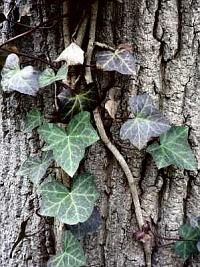


Identification
Look-Alikes
Why English Ivy
is Harmful Removing English Ivy
Notes of Interest
References &
Acknowledgements |
ENGLISH IVY
|

|
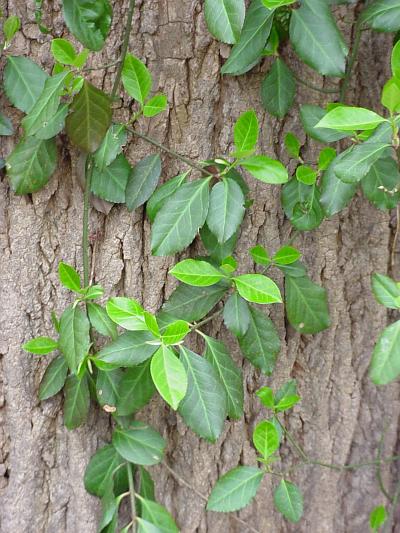 Wintercreeper, Euonymus fortuneii, also has a whitish line in the leaf, but the leaf is oval-shaped. Photo taken 2003, between Wayne and Colesville. Both English ivy and wintercreeper stay green in winter, and both are non-native invasives.
Wintercreeper, Euonymus fortuneii, also has a whitish line in the leaf, but the leaf is oval-shaped. Photo taken 2003, between Wayne and Colesville. Both English ivy and wintercreeper stay green in winter, and both are non-native invasives.
 English ivy, lobed, and Wintercreeper, unlobed, at the same site.
English ivy, lobed, and Wintercreeper, unlobed, at the same site.
English ivy roots are bristle-like, reminiscent of straw. They are no more than about two inches long, and pale colored. Mature English ivy does not produce any rootlets.
Poison ivy roots are nearly as fine as hair and form a dense mat of dark, sometimes reddish, color.
English Ivy
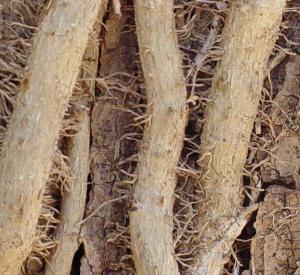 |
Poison Ivy
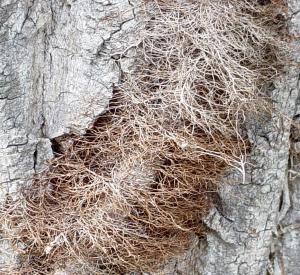 |
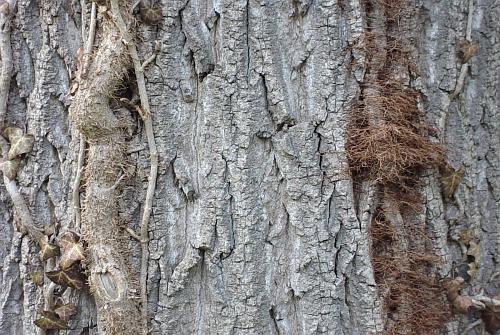
Our native poison ivy grows profusely in local disturbed areas, but it does not spread indefinitely. It evolved over the millennia as part of a balanced plant system. Despite the bubbly rash it causes in sensitive human skin, it is "part of nature," and we are not removing it. Plant removers would be wise to recognize the root differences, especially for winter work.